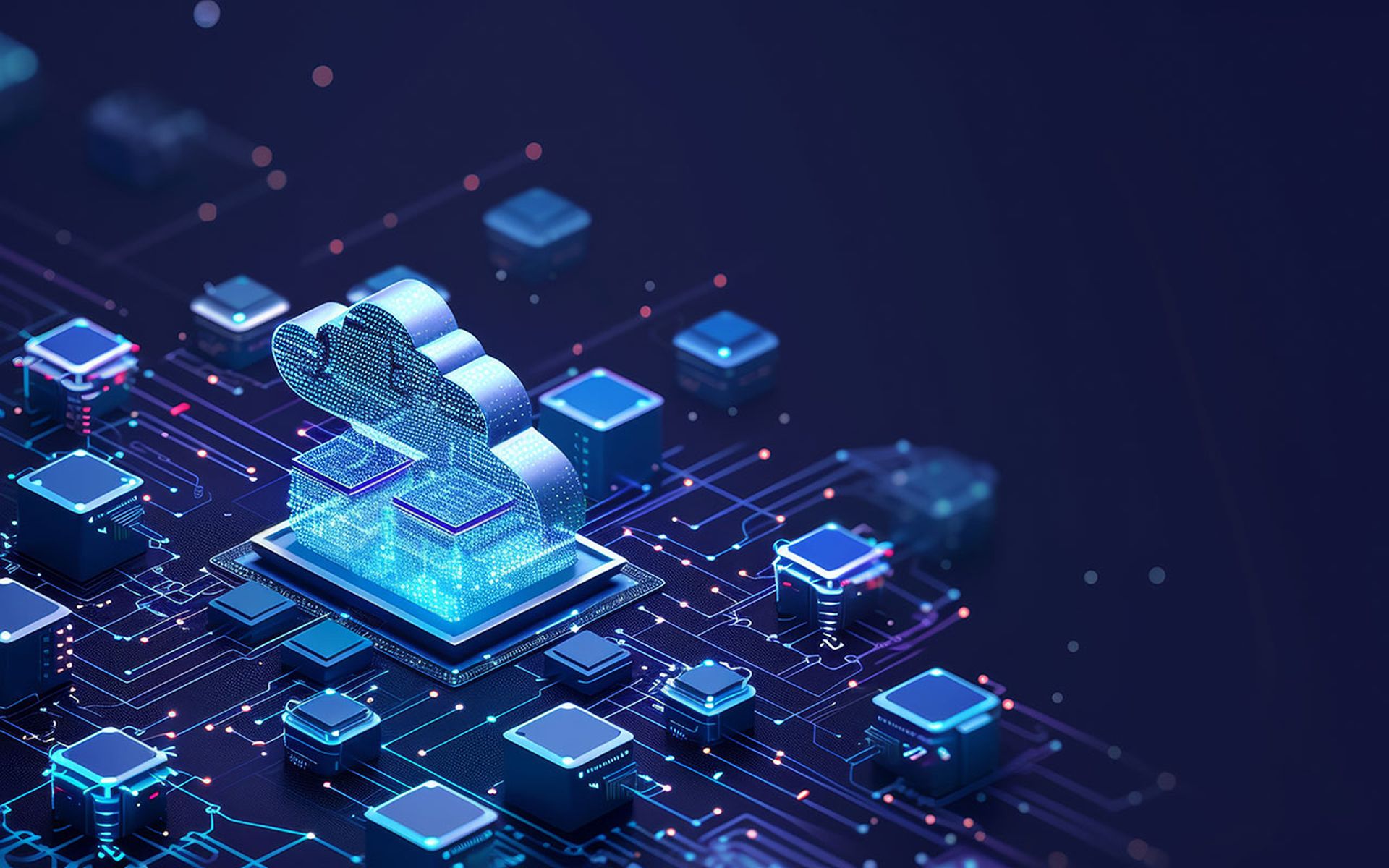Guest blog courtesy of LimaCharlie.Every MSSP, SOC, MSP, and security analyst should ask themselves one question about data observability:“What would this look like if it were easy?”This question, broadly posed by early-stage investor and best-selling author Tim Ferriss, has particular relevance for SecOps operators struggling with data observability. Information is the life-blood of threat detection and response, yet unified telemetry collection remains unnecessarily complex.Setting up an observability pipeline involves infrastructure management and integration challenges that add considerable friction to cybersecurity operations. The term observability pipeline broadly refers to technologies that continuously collect and centralize data from an IT environment. Popular examples include Datadog, Cribl, and Elastic.In order to spot suspicious behavior, organizations rely upon receiving a continuous stream of data from the devices, services, and accounts in their tech stack. Observability pipeline solutions attempt to provide this data to security analysts so they can detect and respond to attacks.Yet, implementing traditional observability pipeline solutions can be an enormous undertaking. Many modern technical environments are a mix of endpoints, networks, cloud technologies, services, IoT devices, OT, and so on. The infrastructure demands for connecting these resources, gathering data, and normalizing their communications is considerable. Then, there is the problem (and expense) of moving that data to various destinations and finding a place to store it.As an organization grows, it accumulates more technology and users that require monitoring. This triggers a domino effect for security teams as they scramble to build out additional infrastructure to support the added technology and analyze more telemetry. This is why traditionally observability pipelines are an expensive and complicated investment.Even open-source solutions, like Elastic, ultimately require investment in additional infrastructure, management, and expertise. Fortunately, this is no longer the case. A SecOps Cloud Platform integrates your full security stack into an observability pipeline that easily scales with your business.Maxime Lamothe-Brassard, CEO of LimaCharlie demonstrates how: Simply put, the SecOps Cloud Platform integrates your security full stack via its API-first architecture. This includes your enterprise security as well as cloud services, third-party feeds, and anything else interacting with your environment. Using this approach makes it simple to route data from any input to any desired output. In addition to simplifying the set up of an observability pipeline, the SecOps Cloud Platform delivers the following benefits:Reduce data storage costs - LimaCharlie offers a year of free data storage. Lower SIEM spend - Send only relevant telemetry to your SIEM, while storing the rest to accommodate regulatory compliance requirements. Automatic Infrastructure management - The SecOps Cloud Platform is infrastructure-as-a-service that handles the heavy, back-end work of scaling and supporting security operations. Improve responsiveness - LimaCharlie supports bi-directionality which allows automated responses to be sent directly to the source of a detection. This occurs before telemetry is routed for further processing, allowing your organization to respond to threats at wire speed. Avoid vendor lock-in - The API-first architecture of LimaCharlie allows you to integrate and use whatever security solutions, services, and resources you prefer. There are no contracts or artificial barriers put in place to restrict your choices. Expand and scale security operations - The SCP offers an interactive observability pipeline that can facilitate countless other critical security operations like EDR, DFIR, network monitoring, FIM deployments and more. In a world where observability pipelines require security operators to hire more infrastructure engineers as their operations scale, the SecOps Cloud Platform offers an efficient alternative. It answers the question “what would observability pipelines look like, if they were easy”, by handling infrastructure management and lowering costs across the board.Learn more about the SecOps Cloud Platform built for MSSPs.
Data Security, DevSecOps, Cloud Security
Data Observability Doesn’t Have to Suck

An In-Depth Guide to Cloud Security
Get essential knowledge and practical strategies to fortify your cloud security.
You can skip this ad in 5 seconds



